The research team successfully used electricity for the first time to make non-magnetic materials under normal conditions magnetic. This discovery makes it possible to manufacture electronic components from common materials. Simply put, when most of the electrons of atoms in a material rotate in the same direction, ferromagnetism occurs. But for non-magnetic materials, electrons are usually paired, so their opposite spins cancel out the magnetic field.

Researchers have successfully induced magnetism in a material that is usually not magnetic at all-pyrite (also called iron sulfide). In this study, the team used a technique called electrolyte gating.
First, the team put pyrite into contact with an ionic liquid electrolyte. Then the team applied a current of only 1 volt to move the positively charged molecules to the area where the electrolyte and pyrite contact, creating a measurable magnetic force. Interestingly, once the voltage is turned off, the magnetism is also turned off, which may be convenient in electronic applications.
Chris Leighton, the lead researcher of the study, said: “We are very surprised by how it works. By applying a voltage, we basically inject electrons into the material. In theory, if you get a high enough electron concentration, the material will want to spontaneously Become a ferromagnetic body. This has a lot of potential. We have done this on iron sulfide, and we think we can also do this on other materials."
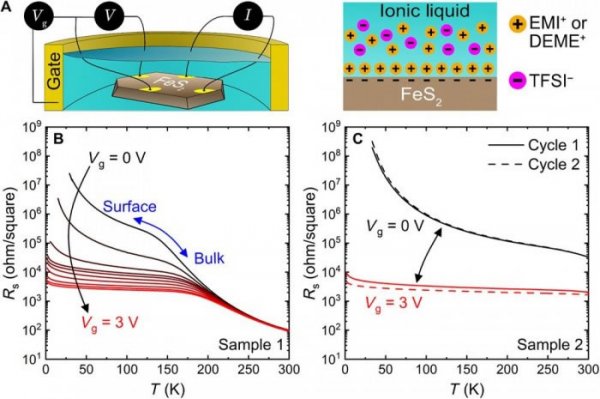

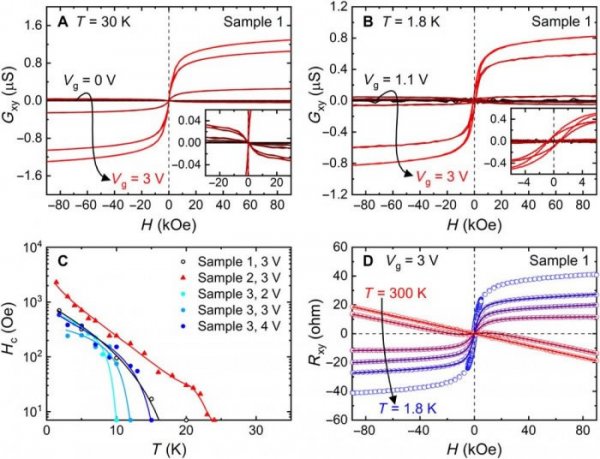
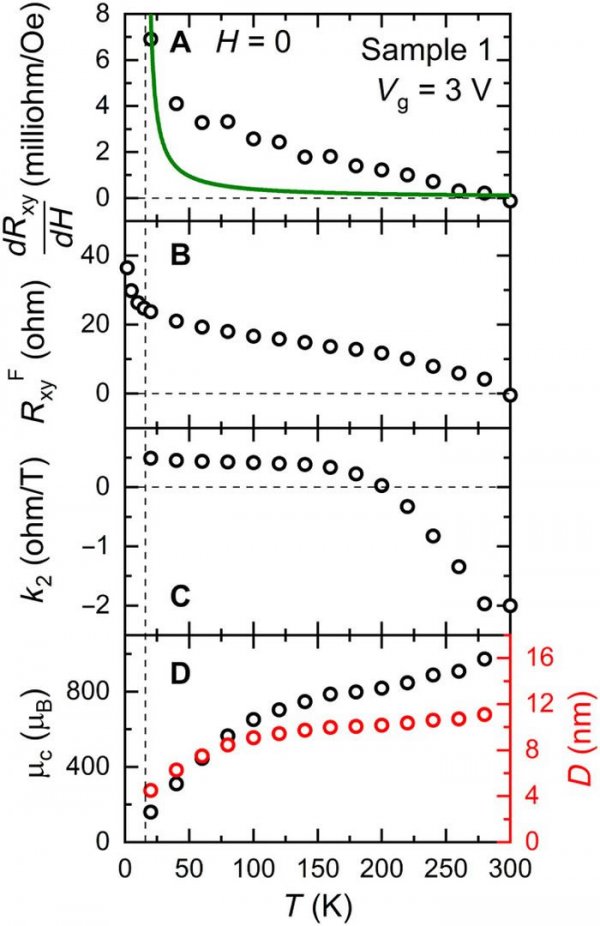
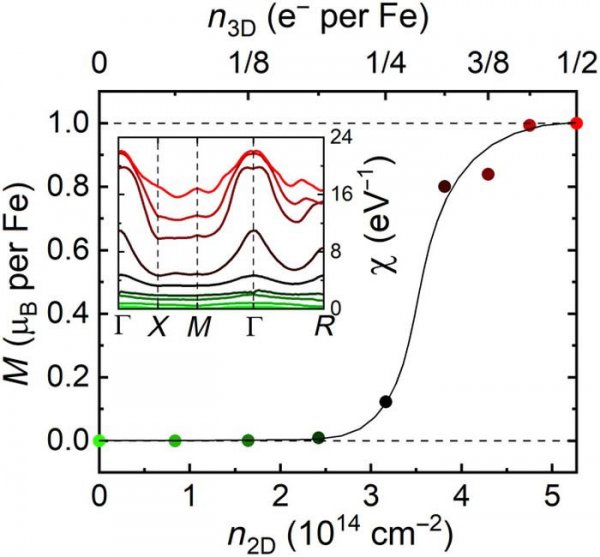

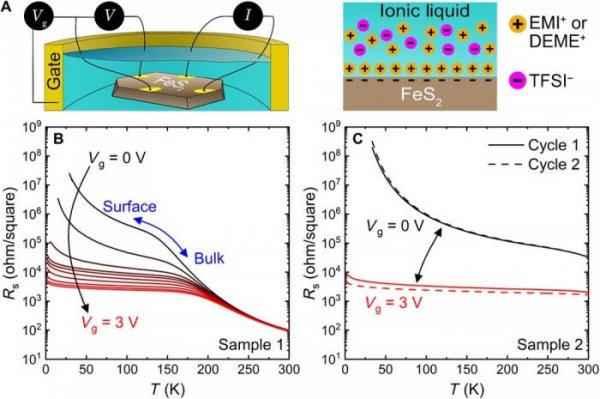
A toilet tank, also known as a hidden cistern, is a modern plumbing fixture used in bathrooms and toilets. It is designed to hide the flushing mechanism behind a wall or inside a piece of furniture, providing a sleek and minimalist look to the bathroom space.
The main purpose of a concealed flush tank is to save space and create a clean aesthetic by concealing the unsightly plumbing components typically associated with traditional exposed cisterns. By integrating the flush tank within the wall or furniture, only the flush buttons or plates are visible to the user.
Concealed cisterns come in various designs and sizes to accommodate different installation requirements. They are usually made of durable materials such as ABS plastic or stainless steel to ensure longevity and resistance to water damage. The tanks are equipped with a water inlet valve, a flushing mechanism, and an outlet pipe connected to the toilet bowl.
In addition to the aesthetic benefits, installation systems also offer practical advantages. They are typically equipped with dual-flush mechanisms, allowing users to choose between a full flush for solid waste and a partial flush for liquid waste. This dual-flush feature helps in conserving water by reducing the amount used for each flush, contributing to water efficiency and environmental sustainability.
Installation of a concealed cistern requires professional plumbing expertise, as it involves cutting into the wall and connecting the tank to the toilet bowl. However, once properly installed, the maintenance and upkeep of a concealed toilet tank are relatively straightforward.
Toilet Tank, Installation System,Toilet Water Tank,Toilet Cistern, Concealed Cistern
Guangdong Fabia Intelligent Technology Co., Ltd , https://www.nbsmartfabiatoilet.com